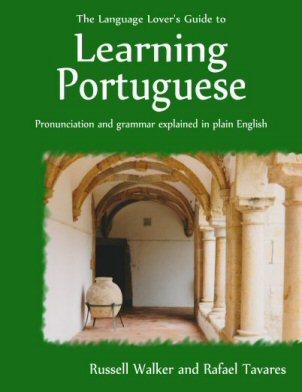The imperfect indicative can be used to create the past continuous tense (the past equivalent of the present continuous). As noted above, in English we often use the past continuous in places where the Portuguese would use the imperfect indicative, but the Portuguese still use the past continuous when they want to describe events that were ongoing in the past when something else happened (for example, ‘I was working when the postman called.’ – ‘Eu estava a trabalhar quando o carteiro chamou.’).
The past continuous is formed by taking the imperfect indicative of the verb ‘estar’ and adding ‘a’ + infinitive (or the present participle in Brazilian Portuguese) in the same way that the present continuous is formed with the present indiciative of ‘estar’. For example, ‘eu estava a trabalhar’. It can also be used in the subjunctive mood to convey uncertainty of action.
Full conjugations are given in the verb tables at the end of the book:
 The Language Lover's Guide to Learning Portuguese
The Language Lover's Guide to Learning Portuguese
Now available, a 326-page book (also available as an e-Book) written by Russell Walker (the author of this site), and Rafael Tavares (the author of the learn-portuguese-with-rafa site), including the following features:
- The entire contents of the language section of this website.
- More explanations, including full treatment of the sujunctive mood, personal infinitive, and other tenses not covered on the site.
- Over 500 excercises, with solutions, to help you practise and consolidate what you have learned.
- More reference material and vocabulary, including a handy quick reference guide to the different tenses, and verb tables for all the most common irregular verbs.
Available as a high quality paperback, or as an e-Book in ePub, Mobi, AZK, and PDF formats. Order your copy today at www.abertopublishing.co.uk